Mathematical Models for Speech Technology
Author's preface.1 Introduction2 Preliminaries2.1 The physics of speech production2.2 The source-filter model2.3 Information-bearing features of the speech signal2.4 Time-frequency representations2.5 Classifications of acoustic patterns in speech2.6 Temporal invariance and stationarity2.7 Taxonomy of linguistic structure3 Mathematical models of linguistic structure3.1 Probabilistic functions of a discrete Markov process3.2 Formal grammars and abstract automata4 Syntactic analysis4.1 Deterministic parsing algorithms4.2 Probabilistic parsing algorithms4.3 Parsing natural language5 Grammatical inference5.1 Exact inference and Gold's theorem5.2 Baum's algorithm for regular grammars5.3 Event counting in parse trees5.4 Baker's algorithm for context-free grammars6 Information-theoretic analysis of speech communication6.1 The Miller et al. experiments6.2 Entropy of an information source6.3 Recognition error rates and entropy7 Automatic speech recognition and constructive theories of language7.1 Integrated architectures7.2 Modular architectures7.3 Parameter estimation from fluent speech7.4 System performance7.5 Other speech technologies8 Automatic speech understanding and semantics8.1 Transcription and comprehension8.2 Limited domain semantics8.3 The semantics of natural language8.4 System architectures8.5 Human and machine performance9 Theories of mind and language9.1 The challenge of automatic natural language understanding9.2 Metaphors for mind9.3 The artificial intelligence program10 A speculation on the prospects for a science of the mind10.1 The parable of the thermos bottle: measurements and symbols10.2 The four questions of science10.3 A constructive theory of the mind10.4 The problem of consciousness10.5 The role of sensorimotor function, associative memory and reinforcement learning in automatic acquisition of spoken language by an autonomous robot10.6 Final thoughts: predicting the course of discovery
{{comment.content}}

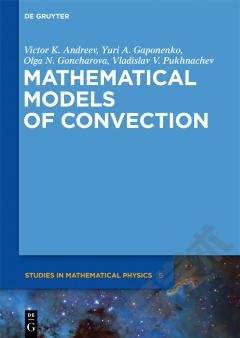
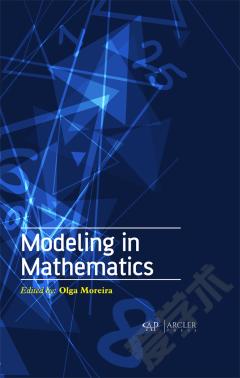
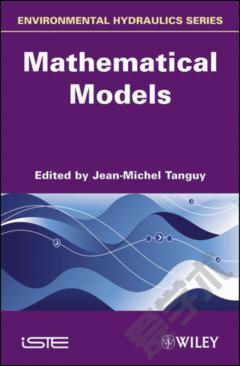
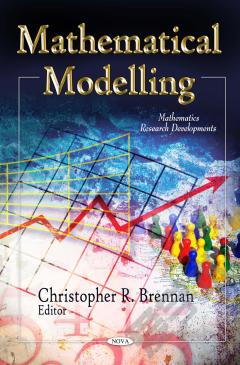
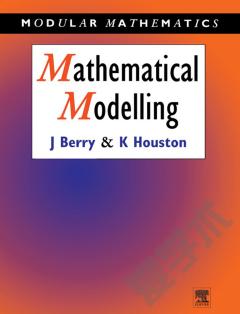
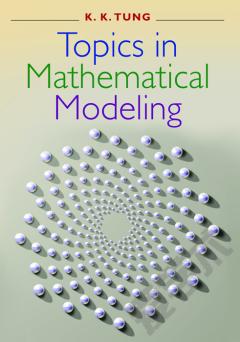

 京公网安备 11010802027623号
京公网安备 11010802027623号